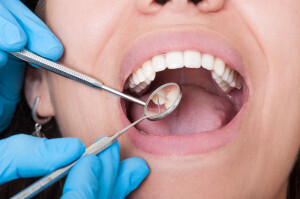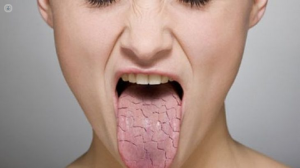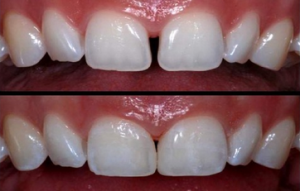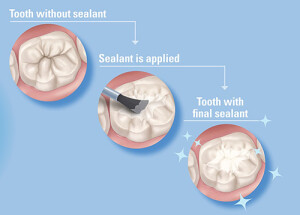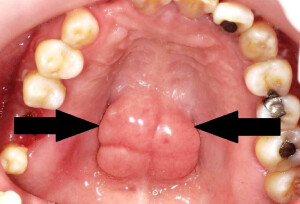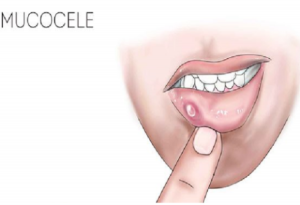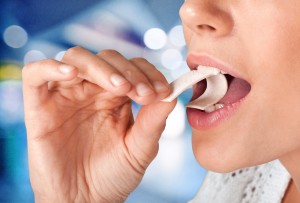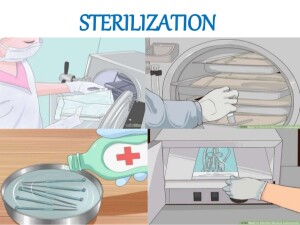
what’s sterilization?
Sterilization is that the process of removing all traces of bacteria and other germs. It’s a particularly important process, which helps to scale back the danger of infection or cross contamination and prevents the spread of infections and illnesses not only from one patient to a different , but also from the patient to the doctor or staff or the other way around .
Why is sterilization important?
Sterilizing medical equipment is that the most importance within the medical field. Thousands of patients die per annum or are infected with disease because medical equipment wasn’t properly sterilized. Complications surface in many surgeries thanks to improper sterilization.
How sterilization of instruments aids in treatment?
Prevents the expansion of Diseases:
Used instrument gets contaminated with bacteria. If left unchecked or not disinfected properly, then it’s highly likely that bacteria will grow.
Prevents the Spread of Diseases:
If surgical equipment isn’t properly sterilized, there are chances that subsequent patient being treated with an equivalent tools are often exposed to a disease the previous patient had.
What protocol must be followed by a dental clinic to make sure proper sterilization?
All instruments that require to be sterilized, should first be scrubbed and washed with detergent and water, this could then be followed by placing the instruments in an ultrasonic cleaner which effectively removes debris or dried blood stains etc which will adhere to the dental instruments in spite of washing. Once the instruments are clean and dry, they’re then placed and sealed in specially pouches to take care of the sterilization, ideally sterilized instruments should be stored during a UV chamber for future use.
Does the dentist got to change his/her gloves for each patient?
Every care provider should use new gloves for every and each patient. For procedures that are likely to involve splash or spatter, including the dental team.
Why it’s necessary for care provider to wear mask?
To avoid cross contamination from doctor to patient or patient to doctor including auxiliary staff, the doctor also as assisting staff should preferably wear masks while performing on patient.
Disposable instruments like syringe, needles etc are often used reused in other patients?
Unless the instruments are often sterilized it shouldn’t be reused. Especially disposable instruments are alleged to be disposed off as soon as its use on one patient is over.
Where are the instruments sterilized in dental operatory?
Ideally there should be a separate room or zone within the dental office that’s completely dedicated to the disinfection of instruments.
I’m unsure if the dental clinic i’m going to follows the protocol regarding safety and sterilization. How am i able to find out?
Just ask!! If you’ve got any doubts or questions regarding your treatment or the protocols followed by the clinic, you’ve got every right to ask your dentist about it and even see the equipment that’s used. If you recognize that the right equipment is getting used and therefore the procedure is being followed, you’ll put your mind comfortable and rest assured that each one the instruments getting used on you’re sterilized.
Does sterilization may be a costly affair?
Yes, if proper protocol for sterilization is followed then it does cost, but less than the protection we get from the danger of exposure to secondary infection. So concentrate that the health care provider you’re visiting is following optimum sterilization protocol and don’t mind paying for an equivalent .
Do sterilization by boiling is sufficient?
The ideal temperature for killing the micro organisms is 121 degree C-132°C struggling . A general cycle is 20 minutes at 121 °C at 15 psi. Boiling isn’t the perfect process for sterilization because it gives a limited sterilization against Micro-organisms & Spores.
So what’s the perfect method for sterilization?
There are many methods of sterilization that are utilized in dentistry but the optimum sterilization is achieved by Class B autoclaves which may sterilize any quite object / instrument.




